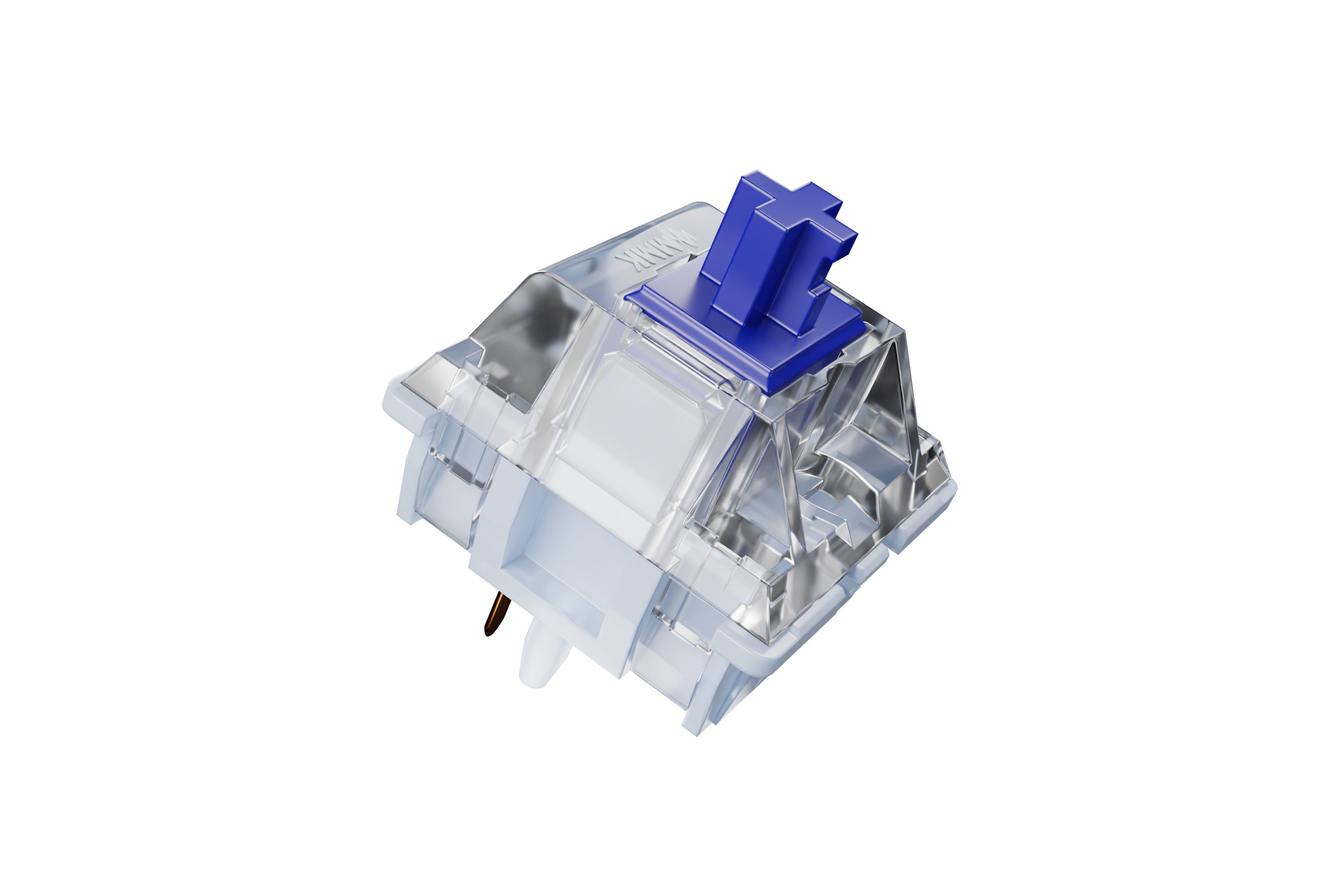The keyboard community offers a variety of tactile switches with different levels of actuation.
The Importance of Tactile Changes in Developing Reputable Customer User Interfaces
Responsive switches, essential components in numerous digital devices, use apparent responses through a physical experience upon actuation. This clear feedback is vital in atmospheres where visual or auditory hints want, guaranteeing customers with confidence engage with user interfaces without second-guessing their inputs. As innovation permeates even more facets of every day life, understanding the refined yet substantial influence of these activate customer communication becomes important. Their function in improving user experience welcomes more exploration into their extensive applications and potential advancements.
Recognizing Tactile Responses: The Basics of Tactile Changes
Tactile buttons, vital components in numerous electronic gadgets, give prompt physical feedback when triggered. These switches feature a mechanism that individuals can really feel and hear at the factor of call, confirming an action has been initiated. Typically discovered in keyboards, remotes, and industrial controls, tactile switches are chosen for their sharp, crisp reaction which improves the assurance of input commands.
The construction of a responsive button consists of a dome-shaped rubber or steel that breaks down and after that rebounds upon launch, finishing an electric circuit. This action produces a noticeable click. The distinct tactile and audible responses is crucial for hectic environments like gaming or in situations needing exact data access, where individuals benefit profoundly from instant physical confirmation of their inputs.

Efficiency in layout likewise enables these switches to be resilient, normally sustaining millions of cycles without performance destruction, making them trusted elements in both consumer electronics and high-demand commercial applications. - tactile switches
The Role of Tactile Changes in Enhancing Individual Experience

Furthermore, tactile switches add to a more instinctive customer experience. As a result, users frequently report greater degrees of convenience and lowered fatigue, particularly in circumstances entailing extended use of technology, underscoring the essential duty of responsive buttons in modern-day user interface style.
Applications and Developments: Tactile Switches Over Throughout Industries
Where might one encounter tactile switches outside of standard consumer electronics? In health care, responsive switches are made use of in handheld analysis tools where precise comments is important for procedure.
In the auto market, tactile buttons contribute to safer driving experiences by being incorporated into guiding wheel controls and control panel user interfaces. This enables motorists to operate stereos, GPS, and various other in-car capabilities without looking away from the road.
Similarly, in industrial settings, these switches are vital for equipment controls where drivers depend on clear responsive comments to view it validate effective activation or deactivation of equipment, thus protecting against operational mistakes and boosting safety in environments that frequently involve high-stakes procedures. These examples underscore just how tactile buttons assist in integrity and effectiveness across diverse markets.
Final Thought
